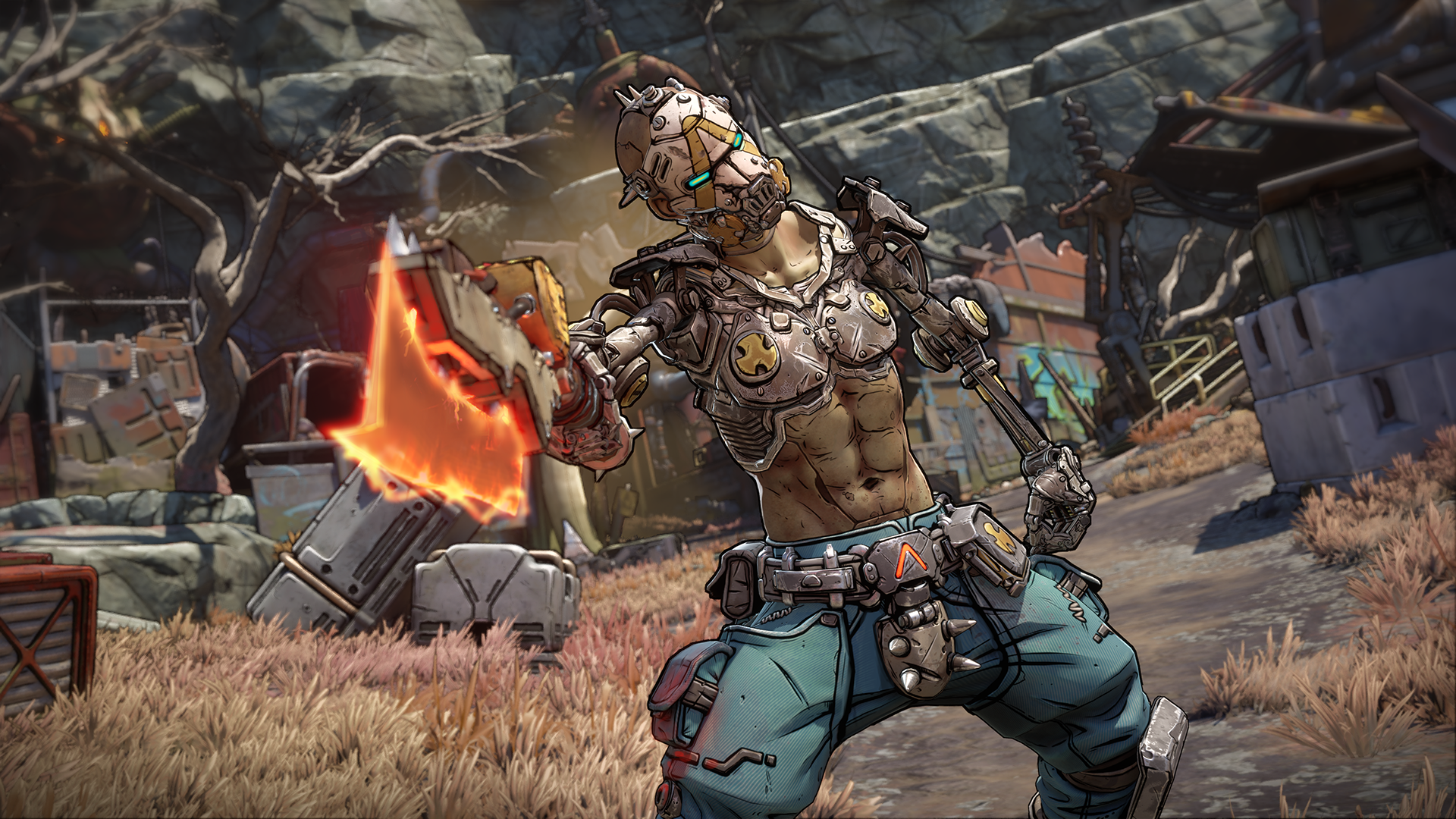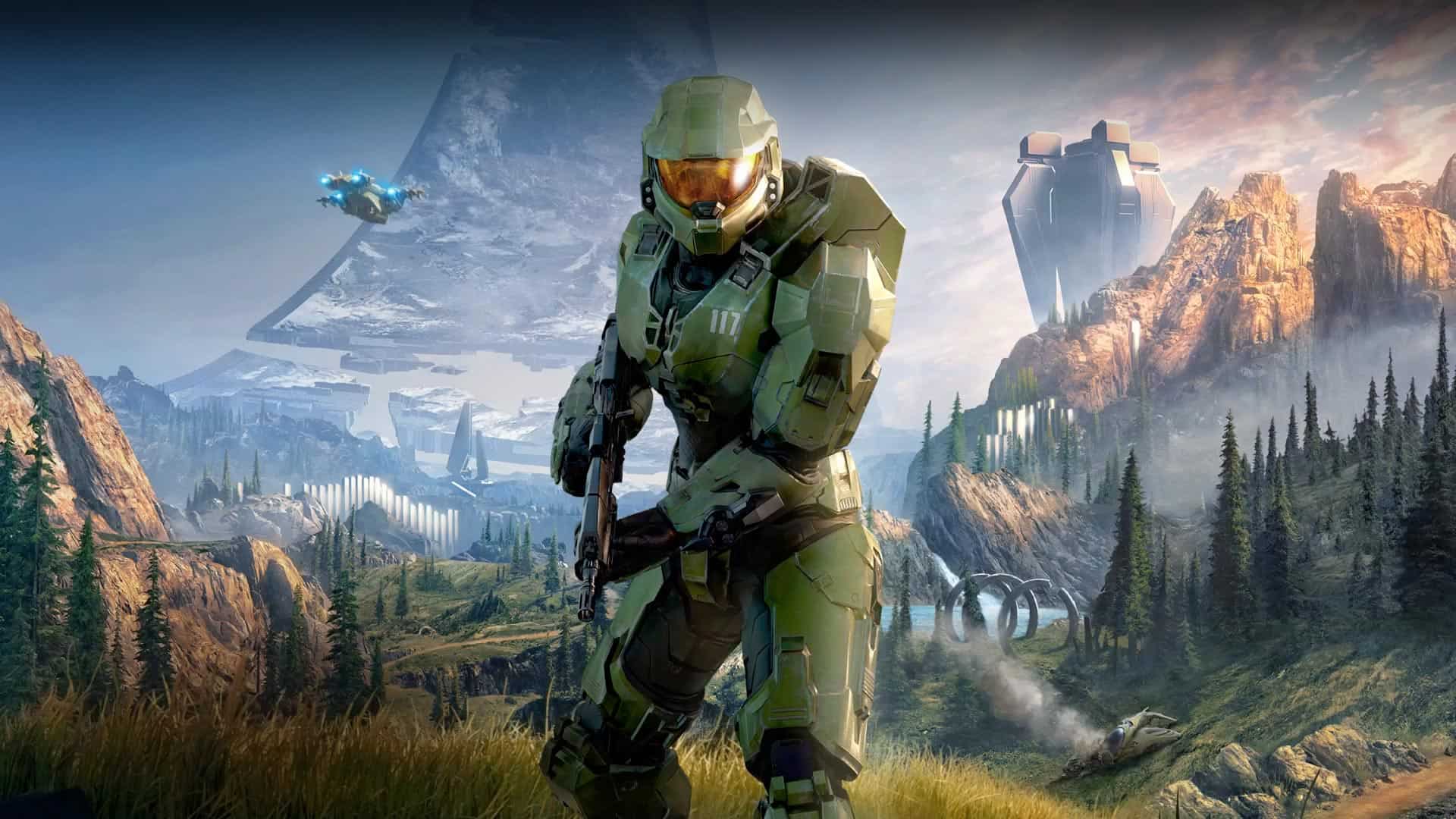First-person shooter (FPS) games have been at the heart of gaming for over three decades, and in 2025, the genre is showing no signs of slowing down. From gritty military campaigns to futuristic team-based battles, FPS games continue to dominate charts, streaming platforms, and esports arenas. This year, the genre is evolving on multiple fronts—technical innovation, nostalgic revivals, and bold new gameplay experiments.
FPS: More Than Just Gunplay
Modern FPS titles are no longer just about pulling the trigger. They blend immersive storytelling, tactical team dynamics, and layered progression systems that hook players for hundreds of hours. Features like battle passes, ranked seasons, live service updates, and community events have made FPS games part of gamers’ daily routines.
And while long-standing franchises like Call of Duty, Halo, and Doom remain pillars, 2025 is witnessing a fresh wave of innovation, as new IPs and sequels rise with daring ideas and experimental mechanics.
Let’s break down the most important FPS developments in 2025:
Borderlands 4 – A Familiar but Risky Evolution

After four hours of hands-on time, early previews of Borderlands 4 call it “ambitious but uneven.” The game expands on the iconic looter-shooter formula with wider environments, more vertical traversal, and a revamped skill system. Gearbox insists that growing pains are part of its effort to modernize without losing the franchise’s identity. The humor, cel-shaded art, and over-the-top weapons are still here—but not every new system has won over fans just yet.
Why it matters: Borderlands is a benchmark for co-op FPS RPGs. If this evolution succeeds, it could redefine what long-running shooter franchises can become in the live-service era.
Bungie’s Marathon Delayed Indefinitely
One of the most anticipated FPS revivals of the decade, Bungie’s Marathon has hit a major speed bump. Originally scheduled for September 2025, it’s now delayed indefinitely due to underwhelming alpha feedback and internal restructuring. Bungie is reworking core systems, which could mean significant gameplay overhauls. Fans worry the game may pivot too far from its roots as a sci-fi competitive shooter, though Bungie promises more transparency later in the year.
Industry insight: With Destiny 2 nearing its endgame and Marathon in limbo, Bungie’s place in the competitive FPS landscape is uncertain for the first time in years.
FBC: Firebreak Launches With Ambitious Roadmap
Remedy Entertainment’s FBC: Firebreak dropped on June 17 as a co-op FPS tied to the Control universe. The launch was smooth, and its post-launch roadmap already includes two major expansions: “Outbreak” (fall) and “Blackout” (winter). These will add missions, enemies, and new powers, suggesting a Destiny-like expansion model. Its gunplay blends telekinesis with conventional firearms, creating dynamic moment-to-moment combat.
Community buzz: It’s gaining traction as a sleeper hit, especially among fans of Control, The Division, and other narrative-driven shooters.
Halo Infinite Rewinds Time

In an unexpected twist, a new limited-time mode in Halo Infinite removes sprinting and clambering—features introduced in modern Halo entries. This return to the series’ classic movement style has reignited discussion about whether FPS mobility has gone too far. Competitive players argue this version of Halo better emphasizes map control, teamwork, and old-school gun duels.
Why it matters: This is more than nostalgia—343 Industries is testing how different generations of Halo fans respond to design philosophy. Could a future Halo go full retro?
The First Descendant Drops Old Consoles
Despite having amassed over 10 million players, The First Descendant is discontinuing support for PS4 and Xbox One as of June 19. This move reflects a broader industry shift: more developers are phasing out older consoles to focus on Series X/S, PS5, and PC, where advanced visuals and higher frame rates better support modern FPS design.
Takeaway: The PS4/Xbox One era is officially in its sunset phase—if you haven’t upgraded, more FPS titles will become inaccessible.
New Shooters Worth Watching
- Alpha Response
From Minh Le (co-creator of Counter-Strike), this PvE tactical shooter just launched on Steam. It leans into cooperative realism and has received praise for deep mechanics and intense mission pacing. - Splitgate 2
The beloved portal-based FPS is back, bigger than ever. Released June 6, it now includes battle royale modes, creative map-building tools, and full mod support—positioning itself as a cross between Fortnite and Halo.
Other FPS Highlights
- Doom: The Dark Ages
Released May 15, it swaps run-and-gun chaos for heavy, brutal combat. Think Doom Eternal meets Dark Souls, with mechs and dragon-riding moments that are equal parts absurd and awesome. - FragPunk
A chaotic hero shooter where players use “shard cards” to change the rules mid-match. It hit 100,000 concurrent players after launch in March—evidence of its rapid viral success. - La Quimera
A stylish, cyberpunk FPS from ex-Metro developers now in Early Access. Its mix of stealth, worldbuilding, and gritty gunplay is drawing comparisons to Deus Ex. - Mecha Break
A mech-based shooter that blends aerial combat and FPS elements. It enters open beta on July 2 and could appeal to fans of Titanfall 2 and Armored Core.
The FPS Outlook for 2025
This year is a crossroads for FPS gaming. Legacy titles are doubling down on what made them great, while up-and-coming shooters are redefining the genre with bold ideas. Whether you love high-speed competitive action or immersive co-op storytelling, the 2025 FPS lineup has something for every kind of player.
Key Takeaways
- FPS games offer immersive and action-packed experiences.
- They have evolved technologically and in gameplay mechanics.
- Multiplayer modes provide endless replayability.
Core Mechanics and Evolution of FPS Games
First-person shooters (FPS) have changed a lot since their beginnings. Key parts of gameplay and design have evolved as technology and player expectations have grown.
Defining the First-Person Shooter Genre
FPS games let players see the game world through the eyes of the main character. Key games like “Doom” and “Halo” set the standard by offering direct control of the character’s actions. Players see the character’s hands holding weapons. This view makes the game feel more real and immersive.
Early titles like “Wolfenstein 3D” from ID Software helped define this style. Modern games like “Call of Duty” and “Valorant” have further refined it. Today, FPS games can be single-player campaigns or multiplayer experiences.
Gameplay Elements and Player Engagement
The core gameplay of FPS games focuses on weapon-based combat. Players use a variety of weapons ranging from pistols to rocket launchers. Games like “Counter-Strike” and “Overwatch” emphasize different play styles and strategies.
Multiplayer modes in games like “CS” require teamwork and precision. Meanwhile, single-player campaigns in games like “Halo Infinite” often involve complex stories and missions. Players might need to complete objectives, solve puzzles, or fight enemies.
Technological Advancements and Game Design
Advancements in technology have driven the evolution of FPS games. Early games had simple graphics and limited AI. Now, games boast high-definition graphics and realistic environments. Developers like Respawn Entertainment and Ubisoft use advanced technology for better gameplay experiences.
Modern FPS games also have improved AI and physics. These advancements make enemies in games like “Doom Eternal” more challenging and realistic. Game designs incorporate detailed level layouts and dynamic lighting.
Cultural Impact and Community Building
FPS games have created strong communities and cultures. Fans of games like “Overwatch 2” and “Call of Duty” often engage in forums, social media, and live streams. These games are also popular in e-sports, where teams compete in tournaments for large prizes.
Gaming communities build friendships and foster teamwork. Multiplayer games encourage social interaction and cooperation. Titles like “Halo” and “Counter-Strike” have iconic status with dedicated fan bases. Gaming events and conventions often feature these games, showing their broad appeal and lasting impact.
FPS games continue to captivate players with their evolving mechanics, engaging gameplay, and vibrant communities.







